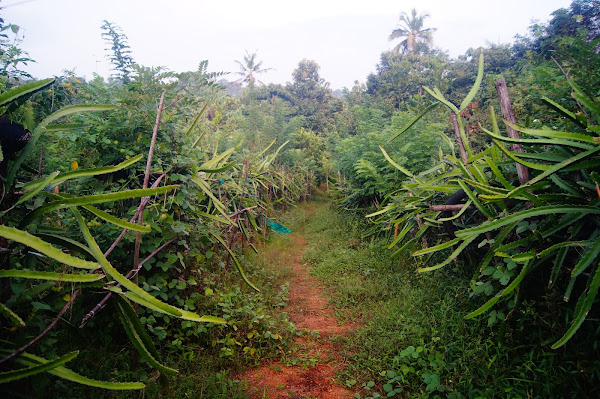Forest Farm Fern Fences for Summer Cooling
As we prepare midst the scorching summer months, we explore how we can change the landscapes more resilient and biodiverse havens.
Understanding Forest Farm Fern Fences:
Forest farm fern fences serve as natural air conditioners for the land. These living fences consist of carefully selected fern species, strategically planted - in our case - these were already growing in the area, that is the beauty of forest farm ; to mitigates the effects of summer heat.
Selecting the Right Ferns:
. When choosing ferns for our forest farm fences, we prioritize indigenous varieties that thrive in our local climate and soil conditions. Leptosporangiate ferns, silky , Maidenhair ferns, lady ferns, and royal ferns are just a few examples of species known for their resilience and cooling properties.
Planting and Maintenance:
Incase you want to try it a specicfic area, especificstablishing a forest farm fern fence requires thoughtful planning and ongoing care. Begin by selecting a site that receives adequate shade and moisture, mimicking the conditions of a natural forest understory. Plant ferns in staggered rows, allowing room for growth and airflow between individual plants. Mulching with organic matter helps retain soil moisture and suppresses weed competition.
Regular watering is essential, this meaning it can also hold the soil moisture together and avoid breaks and cracks in the soil -especially during the establishment phase. Once the ferns are established, they require minimal maintenance, making them an attractive option for sustainable farming practices. Pruning may be necessary to remove dead fronds and promote healthy growth, but otherwise, these living fences thrive with little human intervention.
Cooling Effects and Ecological Benefits:
The primary purpose of forest farm fern fences is to cool the surrounding environment, providing relief from the sweltering summer heat. As the sun's rays filter through the fern canopy, they are diffused and softened, reducing the temperature of the air and soil beneath. This microclimate moderation not only benefits crops but also creates a more comfortable working environment for farmers and farm animals alike.
Beyond their cooling effects, forest farm fern fences offer a host of ecological benefits. They provide habitat and forage for native wildlife, including insects, birds, and small mammals. Their extensive root systems help prevent soil erosion and improve water retention, enhancing overall soil health. Additionally, these living fences contribute to biodiversity conservation, supporting a thriving ecosystem within the farm landscape.
As we face the challenges of a changing climate, innovative solutions rooted in nature become increasingly valuable. Forest farm fern fences exemplify the symbiotic relationship between agriculture and the environment, harnessing the inherent cooling properties of native plants to create resilient, biodiverse landscapes.







Comments
Post a Comment